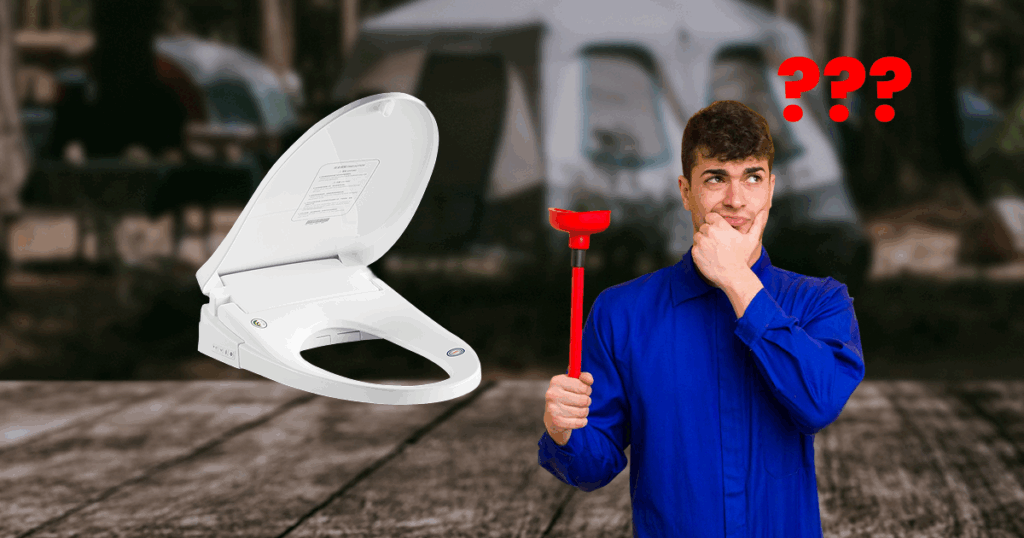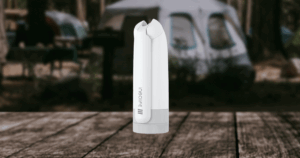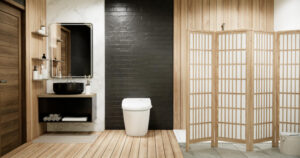The growing popularity of bidet toilets in Australian homes has led to increased professional experience with these installations. Understanding the practical considerations from a trades perspective can help homeowners make informed decisions about incorporating bidets into their bathrooms. This guide explores the real-world installation factors that professionals encounter when working with bidet systems.

The Reality Check
Modern bidet toilet seats are designed with DIY installation in mind, but professional perspectives reveal important nuances. Most basic bidet toilet seat installations involve replacing an existing toilet seat and connecting to the existing water supply through a T-valve connection.
The plumbing industry generally considers standard bidet toilet seat installations to be straightforward procedures that typically take 30-45 minutes for experienced installers. However, complications can arise depending on the existing bathroom configuration and the specific bidet model selected.
Electrical Considerations for Bidet Systems
Electric bidet toilet seats require proper electrical connections that meet Australian safety standards. Bathroom electrical work must comply with AS/NZS 3000 wiring standards, which require appropriate protection devices for wet area installations.
Many Australian bathrooms lack convenient power outlets near toilet locations, as they weren’t originally designed with electric bidets in mind. This can necessitate additional electrical work or consideration of alternative power solutions.
Professional electricians emphasize that any new electrical work in bathrooms should include proper residual current device (RCD) protection to ensure user safety.
Water Pressure and Plumbing Compatibility
Australian residential water pressure typically ranges between 350-500 kPa, which is suitable for most bidet toilet systems. However, homes with low water pressure may experience reduced bidet performance, while excessive pressure might require regulation.
The standard 15mm water connections used in Australian plumbing are compatible with most bidet toilet seat installations. The inclusion of isolation valves during installation is considered best practice for future maintenance access.
Professional Installation vs DIY Approach
Industry experience suggests that basic bidet toilet seat installations are within the capabilities of homeowners comfortable with basic plumbing tasks. However, installations requiring new electrical work or modifications to existing plumbing typically benefit from professional expertise.
Full integrated bidet toilets that replace the entire fixture generally require professional installation due to their complexity and the need for precise water and electrical connections.
Common Installation Challenges
Professional installers commonly encounter several specific challenges:
Space constraints in smaller bathrooms can limit bidet model options, particularly for integrated units that may have different dimensions than standard toilets.
Existing plumbing configuration sometimes requires modification, especially in older homes where toilet positioning or water line access may not align with modern bidet requirements.
Electrical access remains the most frequent complication, as many bathrooms lack appropriately positioned and protected power outlets.
Professional Recommendations for Optimal Results
To ensure successful bidet installations, professionals generally recommend:
- Confirming toilet compatibility before purchase
- Assessing electrical requirements early in the planning process
- Ensuring adequate space clearance around the toilet
- Planning for future maintenance access
- Considering water quality factors that might affect long-term performance
Professional-Grade Bidets at Bidet Warehouse
Bidet Warehouse offers Australia’s most comprehensive selection of professionally-approved bidet toilet systems. Our range includes models specifically chosen for compatibility with Australian plumbing standards and installation requirements.
Whether you’re planning a DIY installation or working with professionals, our expert team can guide you toward the right bidet solution for your specific situation. We provide detailed installation guides and can connect you with qualified installers in your area.
Key Takeaways for Australian Homeowners
Modern bidet toilet seats represent accessible bathroom upgrades that can often be installed without extensive professional intervention. However, proper planning and understanding of your existing bathroom systems remain essential for successful installations.
Professional consultation can be valuable, particularly for complex installations or when electrical work is required. The investment in proper installation ensures optimal performance and longevity from your bidet system.
References:
- Australian Standards AS/NZS 3000:2018 – Electrical installations
- Australian Standards AS 2845.2:2010 – Water supply – Backflow prevention devices
- National Construction Code of Australia – Volume Three: Plumbing Code of Australia
- Master Plumbers’ Association of Australia – Installation Guidelines
Note: This article provides general information about bidet installations. Always consult with licensed professionals for specific installation requirements and compliance with local regulations.



